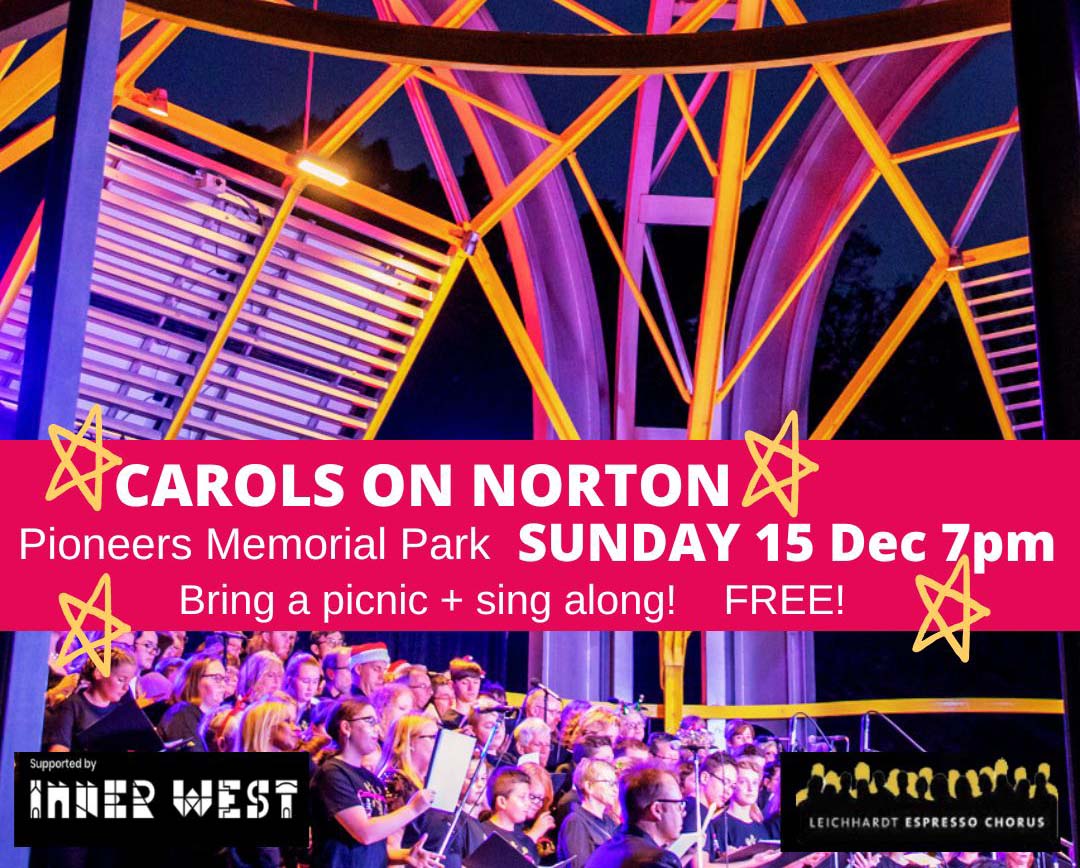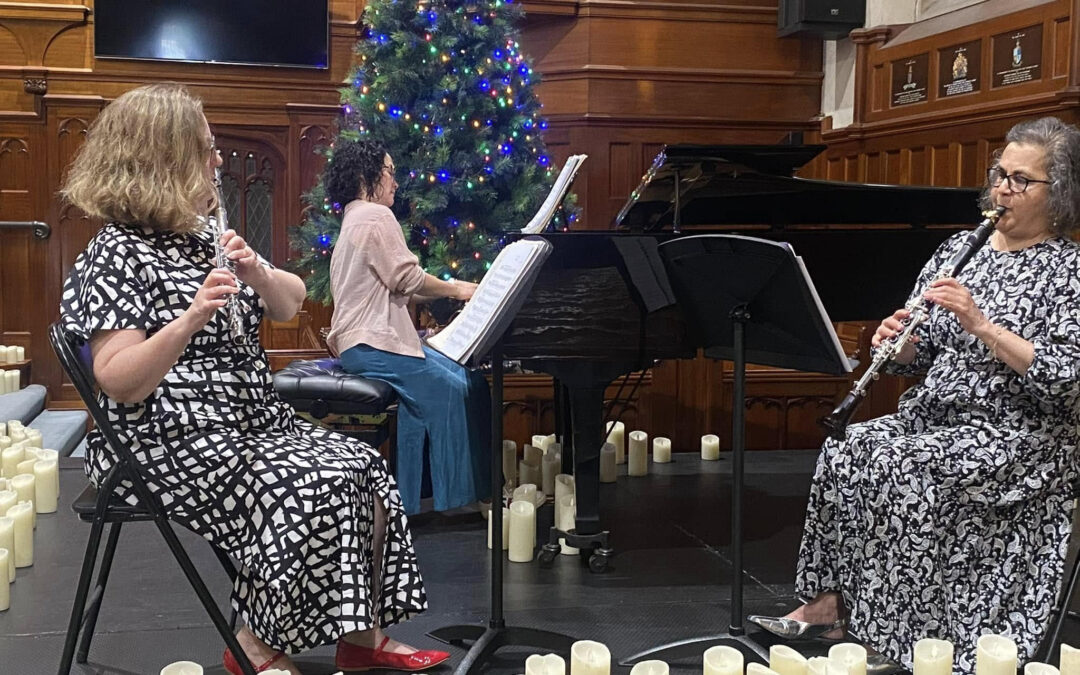Selby and Friends | Iconic Fathers
July 12, 2023, Primrose Potter Salon, Melbourne
Joseph Haydn (1732-1809) – Piano Trio in D-Major Hob XV:24
Arnold Schoenberg (1874 – 1951) – Verklärte Nacht for Piano Trio, Op. 4 (Transcription by Eduard Steuermann)
Antonin Dvořák (1841 – 1904) – Piano Trio No. 4 in E minor, Op.90 “Dumky”
Natalie Chee – violin
Julian Smiles – violoncello
Kathryn Selby – piano
This is why we go to Live Performance.
Since Covid lockdowns and reviewing online performances of Selby and Friends I have determined to come to one of their live performances. On Wednesday evening at 7.00pm, the second performance that day of this concert (the other being 2.00pm) this programme was performed in the Primrose Potter Salon at the Melbourne Recital Centre. Whilst I think there are better venues for chamber music I was certainly not disappointed in the musical gifts presented to us. The title “Iconic Fathers” does rather
say it all as the three works presented are an excellent representation of the 200 years or so of Piano Trio repertoire. Selby always has excellent reasons and themes and thus programming for her concerts, and I was enjoying myself so much more hearing her group live.
As explained by Natalie Chee the earlier Haydn trios were historically speaking, really piano works with accompaniment by the violin and ‘cello. The Haydn trio played today still represents a filling out of the piano part even though it is a more mature work with more independent string parts. It is always nice to hear the performers say a few things and each of the performers took turns to announce a few points of interest for each piece with brevity and easy relevance.
Haydn is an excellent start for any piano trio programme, good solid composition with what you would expect of Haydn. This is not to say that it was a bland performance. Far from it, as I particularly felt the more rhapsodic and dramatic nature of the first movement immediately with fine shaping of the phrasing and musical structure, something that I firmly associate with the Selby musical and artistic direction. I do have an intriguing question about the direction, that being “How much is the direction from Selby and how much is it the innate giftedness of the musicians?” I suppose even if I asked Selby, I might only get half an answer given that musicians at this level have such a finely honed instinct for what they do and as such the question would be difficult to answer.
The second and third movements were also full of fine phrasing and shape thus providing a pleasing consistency to the whole work.
The cello part is often freed from the role of merely being more bass with the piano and I noted Smiles use of dynamic role shifting with robust commentary in the last movement changing to blending with either the piano or the violin. This featured in the rest of the programme so that I was particularly impressed with Smiles’ musicianship throughout the programme. As an exponent myself of historically informed playing (HIP) I found the sensitive use of the piano to balance the sound, convincing and pleasurable. At no time was the piano overly dominant, always blending and sparkling where needed. The strings were similar with their roles, everything was where it should be in the soundscape. I note with admiration that this is not as simple to do as it sounds!
Verklärte Nacht introduced by Smiles is a work originally for a sextet, then for orchestra and arranged finally by Steuermann for piano trio. This arrangement works very well particularly with these musicians. It is not a serial or atonal work and thus more approachable for the audience. As a sort of through composed work with continual development of the themes, one does have to stay with the music’s developing nature. This was not difficult for me given the exquisite balancing of the thematic and harmonic content. Coming at the end of the musical tonality of western harmony there were subtle and not so subtle harmonic shifts, which make demands upon the performer to make them convincing. The music always proceeded with logic and refined shaping making this work a real pleasure to listen to. Smiles and Chee worked very well together to pass themes to each other seamlessly as well as producing beautiful musical dialogue. When the strings played together the balance was perfect. Often when nothing sticks out one can miss this fact that everything is working perfectly as so often we comment more on what sticks out and does not work!
Not just for this work, but every time I hear Selby I am impressed by her sound…
…where I feel the fingers do not just play the notes, but that there is a concept of the sound she wants to produce within the landscape of the work. Her impeccable technique produces sounds of delicacy and when needed, she can produce robust sound in the appropriate places. She is a master of musical texture.
After the interval Selby introduced the Dumky Trio, a work which is deservedly popular. With a few comments about her iPad and learning tips from Smiles about how to use it, which I can relate to with my nervous use of this expensive page turning device in performance for the first time 12 months ago, she introduced a context of the work logically and succinctly. The overall view I have of this work is that it was “played with” so that giving the rhythms flexibility and the drama space to breathe made this a new work for me rather than hearing it as an old favourite. Freshness, creativity, drama and love for the music made this such a friendly and lively performance that I am convinced I will hear Selby and Friends again and again.
The seven venues for this tour were indeed fortunate to hear this trio do their work in delighting us. Look up their tour dates and if you live in Adelaide you still have a chance to attend this when reading this review. Do it!




























